
Music was my refuge. I could crawl into the space between the notes and curl my back to loneliness. – Maya Angelou
SUMMARY
My summary of this blog is that I think I learned a lot of new and fun things this week!
PRACTICE ROOM (TUTORIALS)
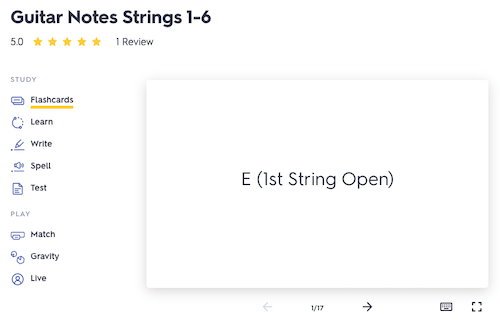
- https://www.justinguitar.com/guitar-lessons/major-scale-pattern-1-im-113
- I watched this video that was about major scale patterns and it was super helpful!
CLASSROOM (THEORY & ANALYSIS)
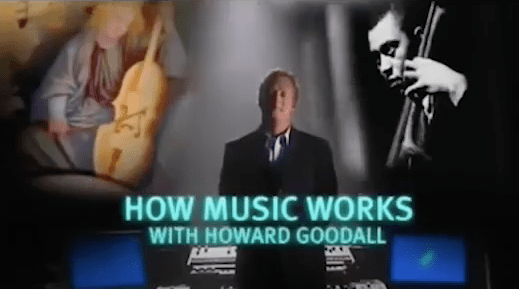
This video explained a lot about the history music and why we do things a certain way. It was really cool to hear all the examples of different kinds of music from around the world and how they are all similar in certain ways.
LAB (THEORY PRACTICED)

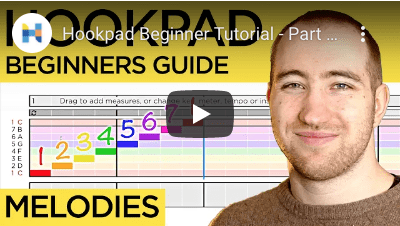
These videos helped a lot with trying to figure everything out on hookpad especially because it is so much different compared to soundtrap. I loved these videos and I think they are so helpful and I am happy there are multiple and not just one or two!
OUTSIDE (CREATIVITY & THE BRAIN)
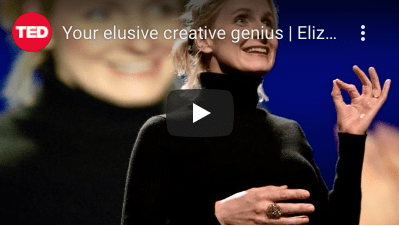

Watching this video made me think a lot. I love that she was saying that you can be creative but you don’t have to be the best that has ever been. It was also really interesting to hear all the different stories of how other amazing creators explain how ideas comet to them. I thought that this video was very inspiring.
STUDIO (SONGWRITING)
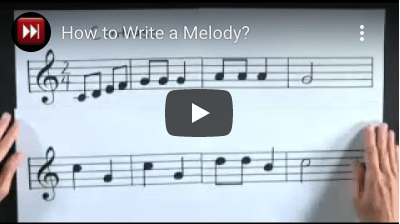
Melody Composition Terms
- Theme – A longer, more flowing melodic idea.
- Motive – A short, rhythmic idea.
- Period – Eight measures of music.
- Phrase – A set of four measures of music.
- Antecedent (Question) Phrase – The first phrase of music.
- Consequent (Answer) Phrase – The second phrase of music.
- Scale Degrees
- Tonic – The note that determines the key of the melody.
- Supertonic, Mediant, Submediant – Scale degrees with a moderate level of tension.
- Dominant, Subdominant, Leading Tone – Scale degrees that create a high level of tension in the melody.
- Steps – Any movement using whole or half steps.
- Leaps – Any movement using intervals larger than a whole step.
- Conjunct motion – A melody built primarily out of steps.
- Disjunct motion – A melody built primarily using leaps.
- Repetition – The use of repeated material to create a link between the two phrases of a period.
- Contrast – Two phrases that contain contrasting material to create tension and interest.
- Variation – Halfway between repetition and contrast. Both phrases include familiar and varied material.
Melody Resources
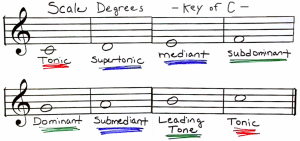

Mr. Le Duc’s Key of C Major Notes and Chords Chart (PDF)
WHAT I LEARNED and PROBLEMS I SOLVE
Some things that I learned today was different things about scales, things about the ancient times, and so much more! Some problems I solved today were how to manage what homework to get done first. It has helped me a lot!